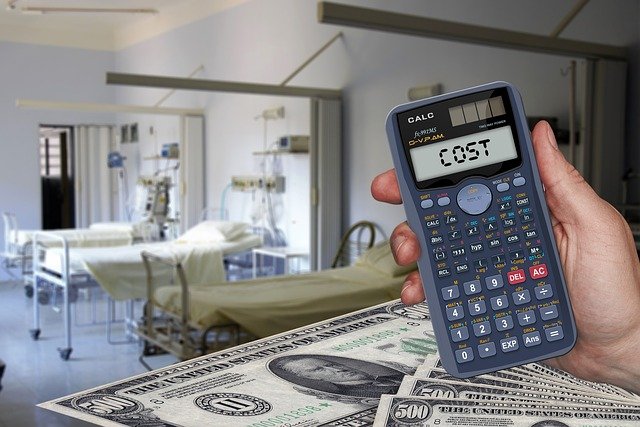"Digital Twins: The Next Big Leap in Computing and Electronics"
In a world that's increasingly going digital, the concept of Digital Twins is gaining momentum across various industries. But what does it really mean? How will it impact the tech world and our daily lives? In this article, we dive into the concept of Digital Twins, its origins, current trends, and future implications.

The Birth of Digital Twins
Digital Twins, the virtual replicas of physical systems or objects, have their roots in NASA’s early space programs. The concept was born out of necessity - the space agency needed a way to monitor, troubleshoot, and repair systems on spacecraft that were millions of miles away. Fast forward to today, and Digital Twins are making their way into our homes, factories, and even cities.
The Rise of Digital Twins
Over the past decade, the adoption of Digital Twins has been significantly boosted by advancements in IoT, machine learning, and cloud computing. They’re now used in a variety of applications, from optimizing manufacturing processes to improving the efficiency of smart homes. For instance, Siemens, the German industrial giant, uses Digital Twins to simulate, test, and optimize their products in a virtual environment before they’re built in reality.
Digital Twins in Action Today
Currently, the healthcare sector is one of the prominent adopters of Digital Twins technology. Philips, for example, is developing a Digital Twin technology that could give doctors a virtual patient to ‘practice’ complex procedures. Furthermore, in the automotive industry, Tesla is using Digital Twins to gain insights into their vehicles’ performance and drive improvements in real-time.
The Future of Digital Twins
As technology continues to evolve, the application of Digital Twins will only grow. Experts predict that Digital Twins will play a crucial role in the development of smart cities, with virtual models used to optimize everything from traffic flow to energy use. Moreover, as the price of sensors and data storage continues to fall, we can expect to see Digital Twins become more prevalent in our daily lives, potentially transforming how we interact with technology.
The Market Impact and Estimated Price
The Digital Twins market is poised for significant growth. According to a report by MarketsandMarkets, the Digital Twins market size is expected to reach $48.2 billion by 2026, up from $3.1 billion in 2020. As for the price, it varies widely depending on the complexity of the system being modeled. However, as the technology matures and becomes more widely adopted, the cost is likely to come down, making it accessible to a wider range of users.
In conclusion, Digital Twins represent a significant leap forward in computing and electronics. From their early beginnings at NASA to their increasing adoption in various industries, Digital Twins are set to revolutionize the way we interact with the physical world. So, whether you’re a tech enthusiast or an industry professional, it’s a concept worth keeping an eye on.




